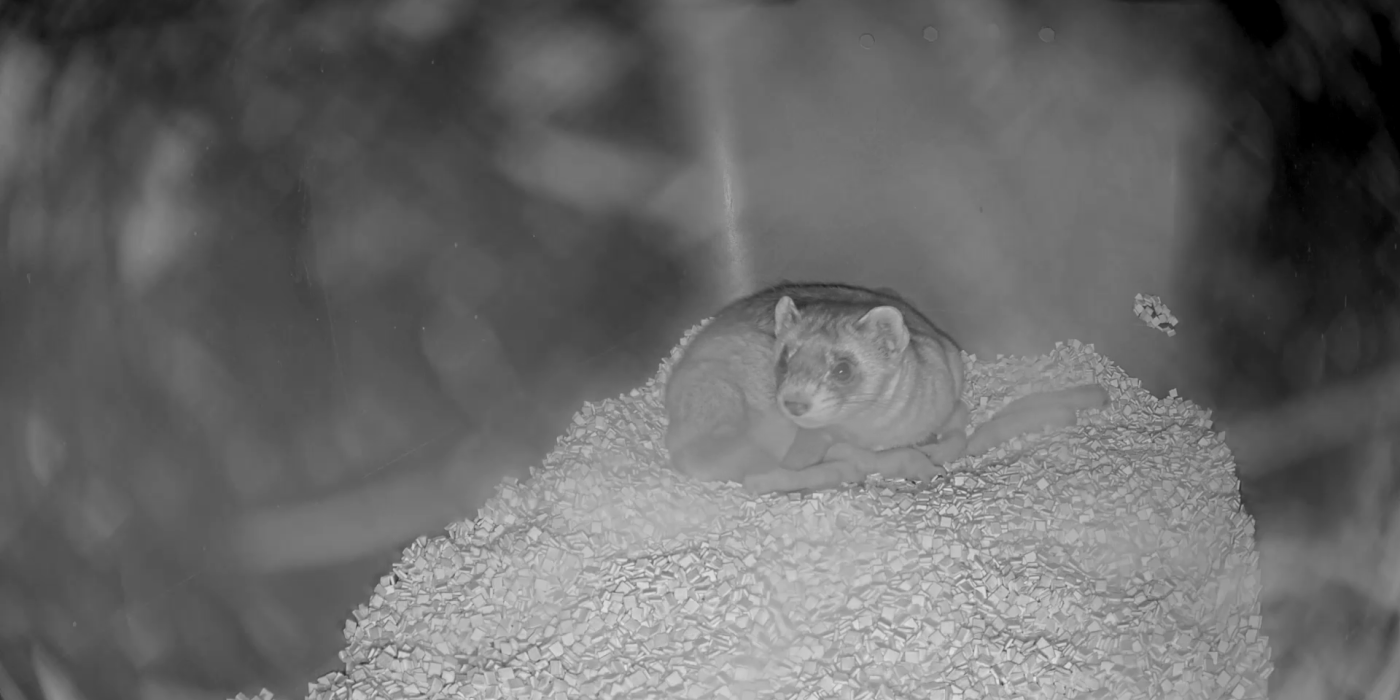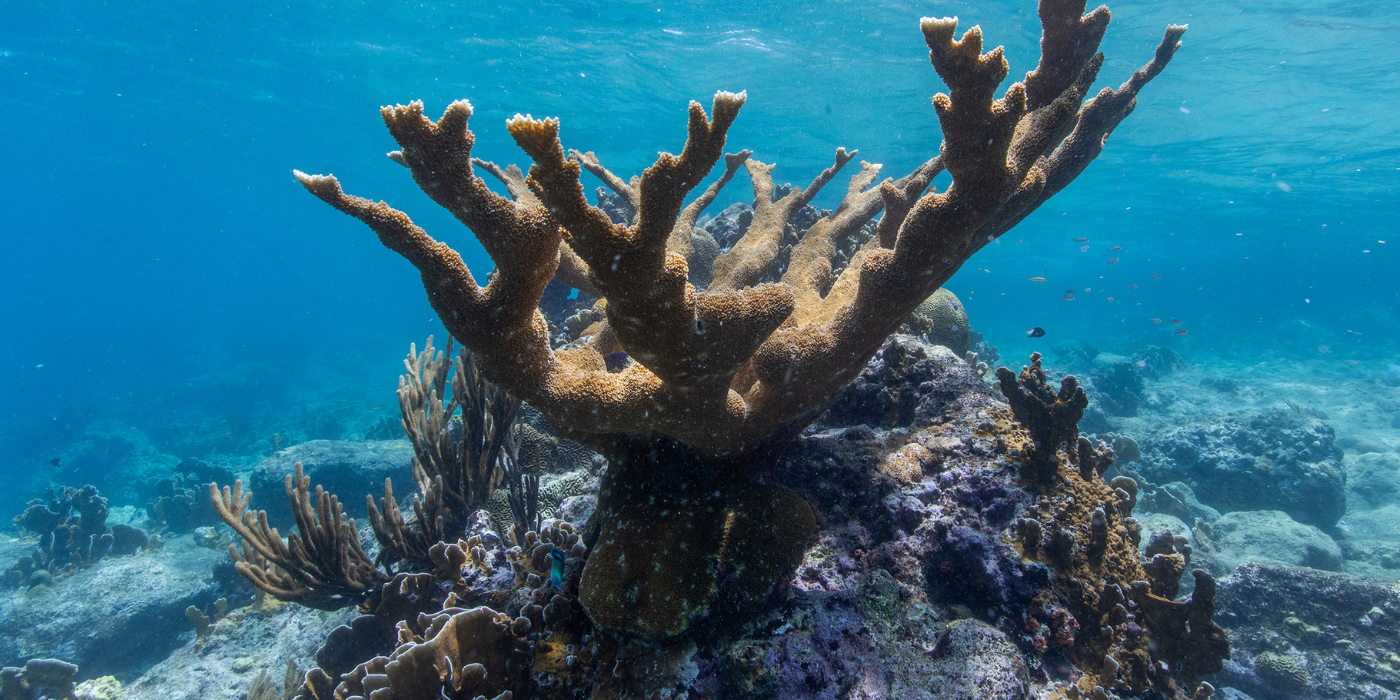Meet Tasi, a Little Bird with a Big Purpose
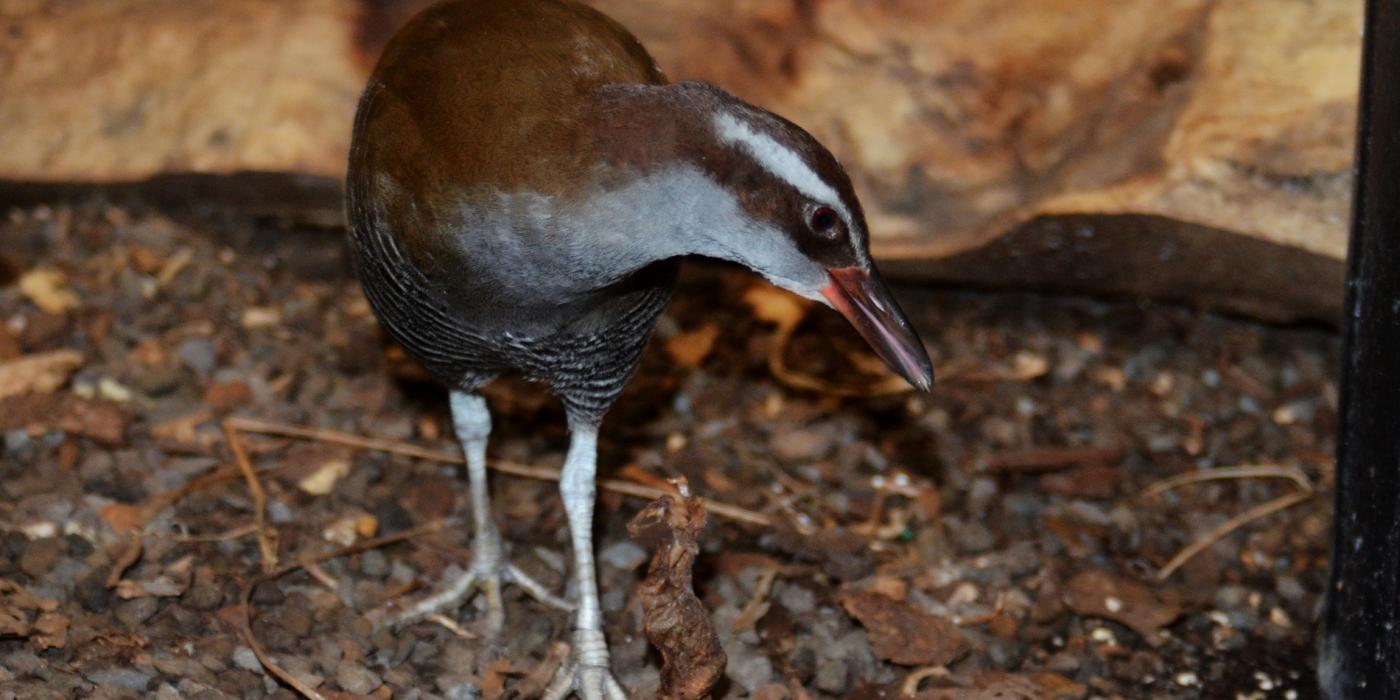
We care for many rare and endangered species here at the Smithsonian Conservation Biology Institute in Front Royal, Virginia, including a little brown bird named Tasi. Tasi is a 4-year-old Guam rail and a marvel, considering that just a few decades ago his species nearly disappeared.
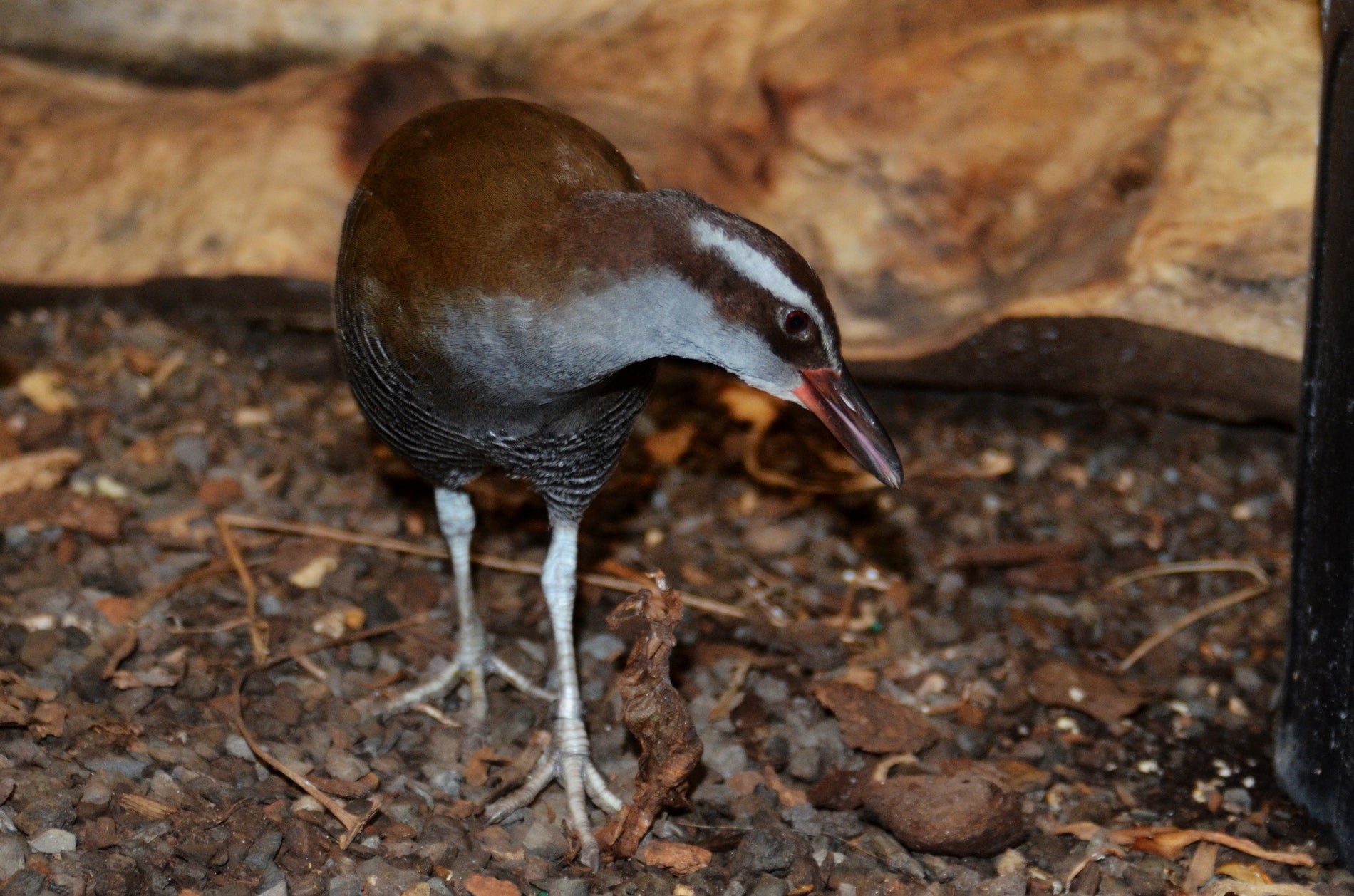
Guam rails were once common, with an estimated 60,000-80,000 living in Guam during the late 1960s and early 1970s. But that changed after the arrival of the brown tree snake, a species thought to have been accidentally introduced to the island aboard military cargo ships following World War II. Guam rails had no natural defenses against these invasive snakes and were preyed upon until few of the flightless birds remained.
Their recovery began in the 1980s, when the last 21 Guam rails still surviving in the wild were captured in a final attempt to save the species from extinction. Since then, zoos have been breeding rails and repatriating them to Guam for release. In January 2020, the International Union for Conservation of Nature changed the Guam rail’s status from extinct in the wild to critically endangered — making it only the second bird species in history to celebrate such a comeback. Today, Guam rails are breeding on their own in the wild and show signs of becoming self-sustaining.
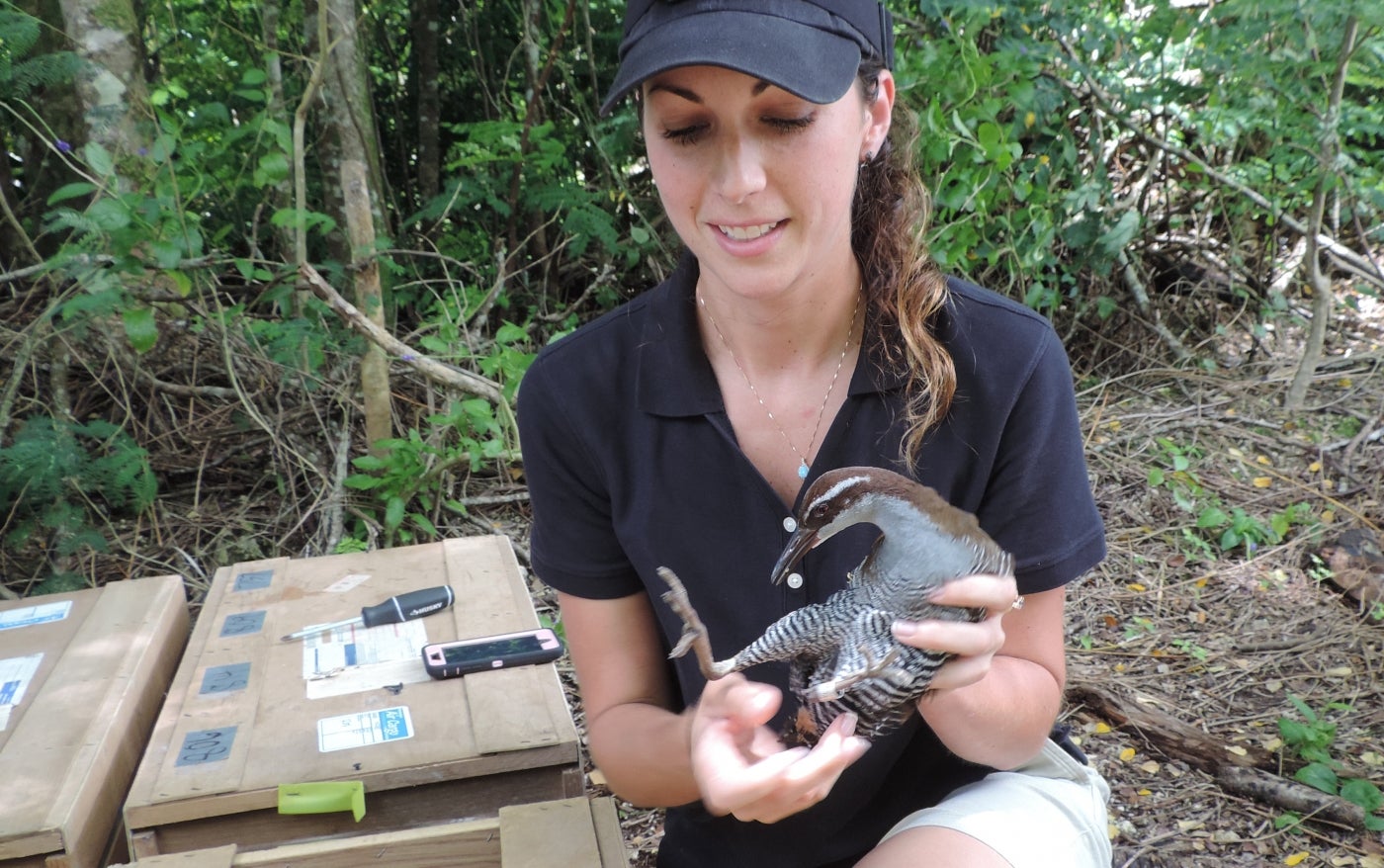
Our team at SCBI has been involved in this project since its inception, and most of our chicks are repatriated and released on the islands of Rota and Cocos. It’s important that these birds have a quiet environment and very little contact with humans, as we prepare them for their life in the wild. But Tasi helps his species in a different way.
His job is an important one: to act as an ambassador bird, inspiring and educating the public about his fellow Guam rails by allowing people to meet one of these rare and charismatic birds up close. He enjoys meeting new people during small tours or interviews with reporters. In fact, you may have seen him on the news or gracing the cover of several local newspapers.
Tasi — whose name means “sea” or “ocean” in Chamorro, the native language of the indigenous people of the Mariana Islands — stands about 12 inches tall. His beautiful black-and-white striped chest is contrasted by a deep brown head, back and wings. He has a thin line of silver above his eye and more silver feathers cover the front of his neck.
Guam rails are flightless birds, so Tasi’s toes are unlike those of the birds you might see in your backyard. His forward-facing toes are longer and flatter with short nails. His backward-facing toe (called a hallux) is very short, because unlike some other birds, he does not need to use that toe to grip a perch. That’s because Guam rails are not adapted for perching but for running quickly on the ground through thick grasses and brush.
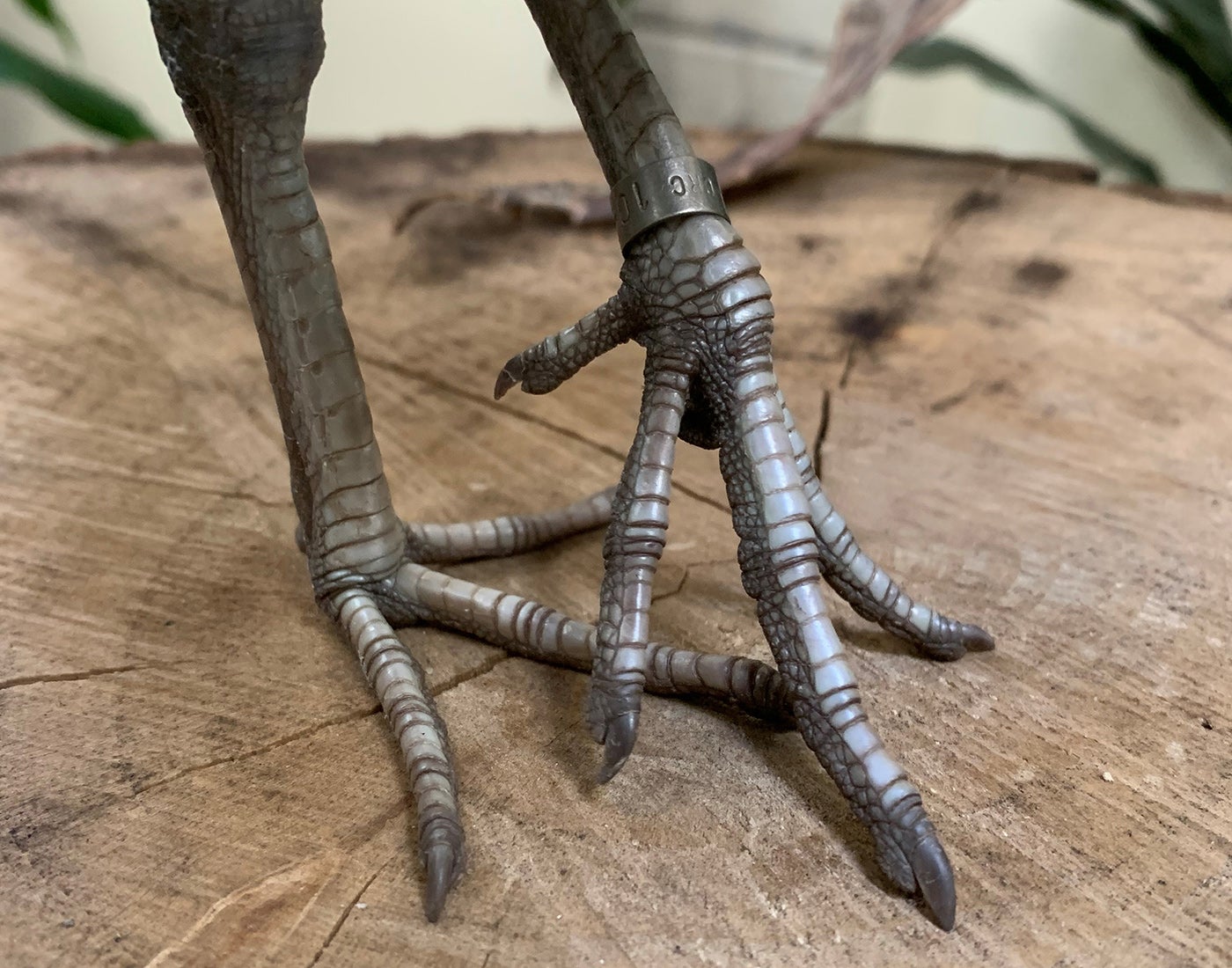
Guam rails are a very shy and secretive species that typically prefer to keep well away from humans. But Tasi was hand-reared by animal care staff, so he could bond with and be comfortable around people. During the day when we work in the area around Tasi’s habitat, he can leave his enclosure to explore the hallway. We spend a lot of time interacting with him, though he always has the option to retreat back to his enclosure. These interactions help keep him socialized and accustomed to people, which is vital given his job.
Tasi hatched June 22, 2016, but was chosen to be an ambassador bird before he left his egg. Bonding between Guam rail parents and chicks likely starts when the chicks begin to vocalize inside their eggs. Parents make a specific call that chicks can hear once they push into the air cells of their eggs and are close to hatching. When the chicks hear sounds or feel vibrations, they often respond with quiet vocalizations.
It was important for Tasi to form these same early bonds with people, so we moved his egg from his parents’ nest to an artificial incubator where he could hatch around our team. While Tasi was in the air cell of his egg, just before hatching, we would whistle to him. He would respond with soft “cheep cheeps” and start pushing against his shell. Today, he still responds by running to find us whenever he hears these whistles.
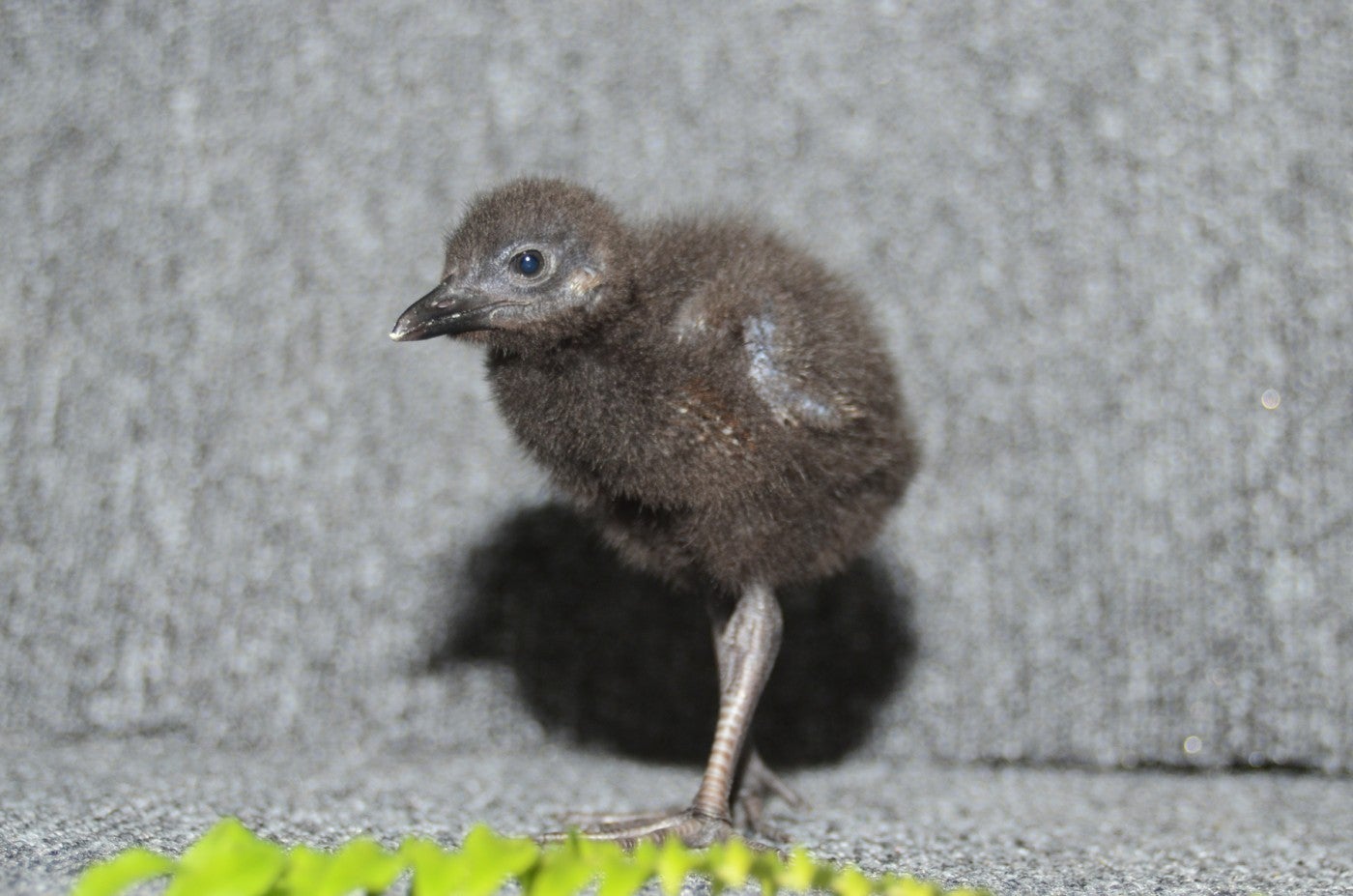
While Guam rails are precocial — meaning they hatch with feathers, eyes open, and are able to leave the nest shortly after they hatch — Tasi still needed care from our team in order to learn how and what to eat. We fed him chopped up mice, crickets, mealworms and small anoles every couple of hours, and within a few days he learned to pick up food and to drink water on his own. Exercise time was also an important part of his care. Tasi views us as his parents or companions, so he would follow us everywhere and we would let him run around the bird area to keep his feet and legs strong.
Even though Tasi was hand-reared, he still exhibits all the behaviors typical of Guam rails (except for the shyness, of course). He uses the same vocalizations with us that he would with a mate or companion. Guam rail calls range from loud, territorial series of whistles to low, thumping noises that serve as “contact” vocalizations, as if to say, “Hey, I’m over here, OK? Where are you?” Listen to these different contact vocalizations:
He will also bring us food and make excited greeting calls, something Guam rail pairs often do for each other. Another thing Tasi enjoys is making a nest. Guam rails are flightless, so they nest on the ground. They make a simple scrape in the dirt and may add a few bits of nest material (usually small, dried leaves) before laying one to five eggs. Once in a while, Tasi will collect materials, make a scrape on the ground or in a planter, and start making nesting vocalizations. Whenever we see this behavior, we offer Tasi a fake egg that he can incubate.
We have learned that Tasi would never be a great candidate for breeding. After about one to two weeks of incubating a dummy egg, he typically destroys it and leaves his nest. Guam rails incubate their eggs for about 20 days, so this would not work well for a real egg. Nevertheless, we still allow him to exhibit his natural behaviors of incubating and nesting when he chooses.
Full of personality and all the sass of a bird 10 times his size, Tasi provides a chance for people to connect with a rare and important little brown bird that might otherwise go unnoticed. He makes sure that everyone he meets — whether in person, at a virtual visit, or in the news — comes away with a greater appreciation for Guam rails and their conservation story.
Related Species:


